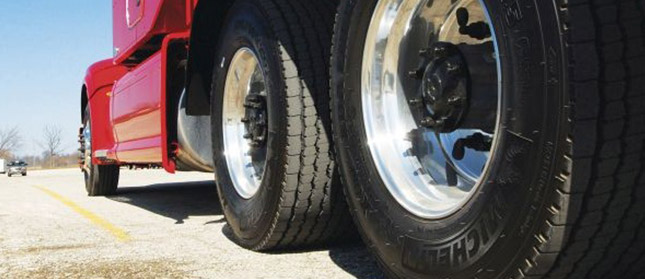CTA’s white paper on Phase II GHG which outlined the Alliance’s SMART Plan for Green Trucking continues to guide government action to ensure future regulations take into account the necessity for a Made-in-Canada approach.
Transport Canada’s latest efforts, in co-operation with Environment and Climate Change Canada, will focus on the availability, performance and market trends in Canada for advanced tire technologies, such as wide single tires and low rolling resistance dual tires.
It was CTA’s appeal as part of GHG Phase I, and continues to be for Phase II, that consideration be given to traction as well as GHG-reduction to ensure manufacturers were not forced to provide fleets with tires which are not suited for Canadian operating environments.
“CTA is pleased with the responsiveness of the Government of Canada and the resources dedicated to working with the trucking industry to address outstanding issues related to tires and GHG Phase II,” says Geoff Wood, CTA’s Vice President, Operations and Safety.
The goal of the research, set to commence in mid-winter 2017 and focus on class 8 vehicles, is to collect detailed information on tire spec’ing from fleets that operate from coast-to-coast-to-coast as well as from both vehicle and tire OEM’s.
“By going to a broad geographic cross-section of the industry, fleets from across the country that operate in many different sectors of the trucking industry can lend their experience as it relates to tire traction and the balance with GHG reduction – something that remains a key issue for CTA member fleets,” added Wood.
The outcome of the research will provide more insight into the differences of market trends for tires in Canada and the US, while also helping to inform decision makers as they prepare to take next steps to address a Made-in-Canada GHG Phase II rule.
This latest research is the third key action item to come from government as a result of CTA’s SMART Plan for Green Trucking released in January 2016. Earlier this year, research to determine the suitability of 6×2 tractors was announced and is ongoing. More recently, the Council of Ministers signaled their intentions to include longer tractors in the National Memorandum of Understanding on Weights and Dimensions.
